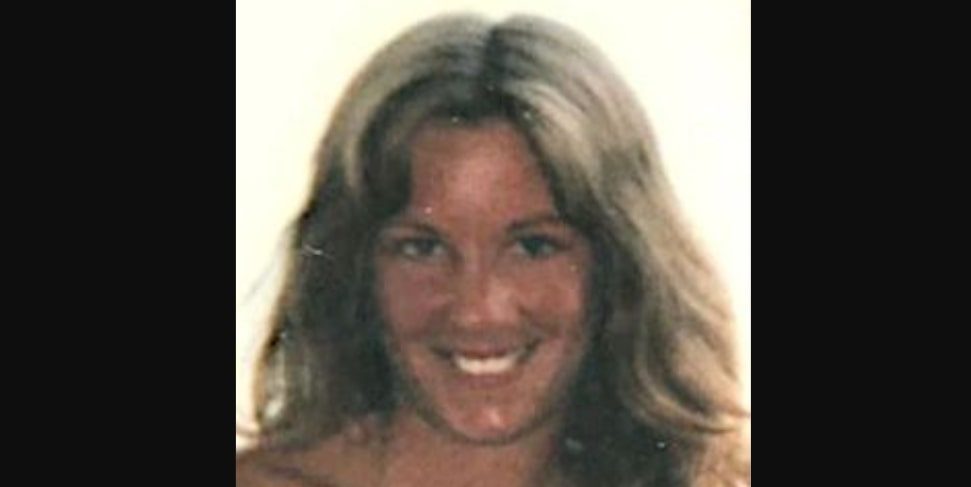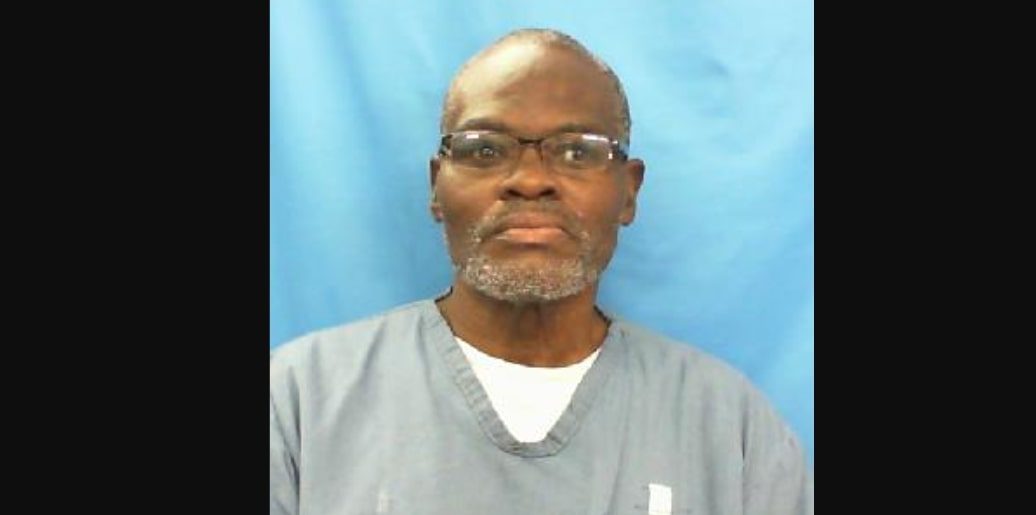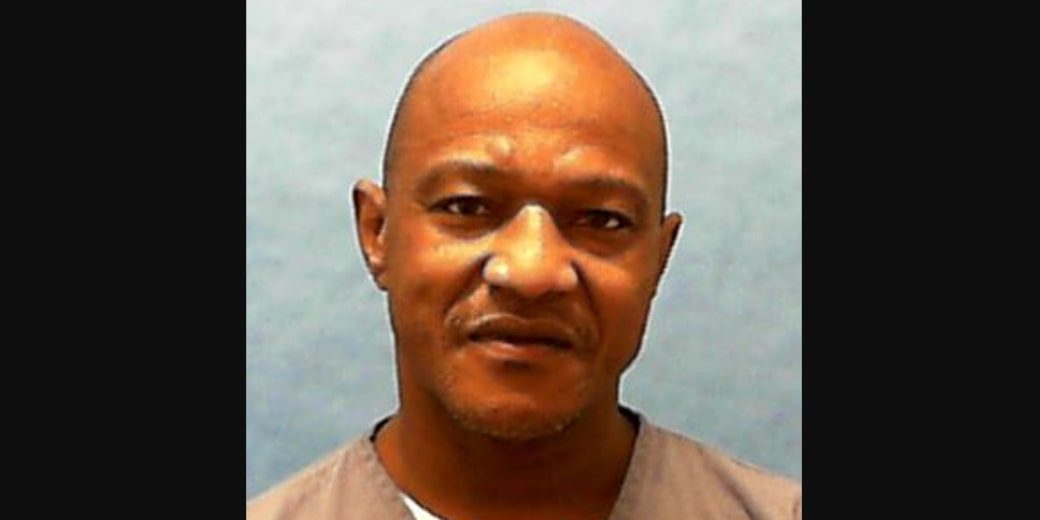In July 1983, Linda Lansen, a freelance photographer and single mother living in Tampa, Florida, had built a stable life for herself. However, after attending an event at the Suncoast Play Club, she mysteriously vanished and never made it home. The following day, her body was discovered along the side of the road. Just a month later, in August 1983, the remains of Barbara Grams were found with similar injuries, leading investigators to believe the two cases were linked. The episode titled ‘Terror at the Suncoast Club’ from ID’s ‘The Playboy Murders’ delves into the details of the case and how the perpetrators were ultimately brought to justice.
The Police Believed the Murders of Linda Lanson and Barbara Grams Were Connected
Linda Toni Lansen was born on May 14, 1942, and was known for her vibrant spirit and enthusiasm for life. Drawn to the beauty around her, she had early dreams of entering the glamorous world of entertainment and film. However, life took a different path. She married and became a devoted mother. After her marriage ended, she chose to carve out her own path and began working as a freelance photographer. She shared custody of her daughter and built a stable, nurturing life for herself in an apartment near Sligh Avenue and Rowlett Park Drive in Tampa, Florida.

Linda had built a few meaningful connections in the entertainment industry, and she was thrilled when she landed a job as the official photographer for Playboy’s Bunny of the Year contest. The event was set to take place at the Suncoast Play Club in St. Petersburg, and for Linda, it was an exciting professional opportunity. That weekend, her daughter was staying with her ex-husband, so Linda, 41, headed to the gig alone. Sadly, she never made it home. On the morning of July 11, 1983, a jogger discovered her remains in the Town ‘n’ Country area of Hillsborough County. Her purse was found nearby, and she was partially clothed. An autopsy later revealed that Linda had been sexually assaulted and then shot four times in the head. As police continued to search for answers in Linda Lansen’s murder, another case landed on their desks.
Barbara Grams, born on October 25, 1963, was a lifelong Florida resident with dreams of becoming a model. She had recently moved to Tampa to pursue better opportunities and had taken a job as a server at The Hot Potato restaurant. On the night of August 18, 1983, the 19-year-old finished her shift and began walking home to her apartment in Tampa Heights, but she never arrived. The following day, her body was discovered behind a dental office in the same neighborhood. The circumstances were disturbingly familiar: she had suffered brutal physical and sexual assault, and her injuries were strikingly similar to those found in Linda’s case.
DNA Evidence Led to the Identification of the Alleged Killers in Barbara Grams’ Murder Case
Given the close proximity and timing of the crimes, authorities began to suspect they were dealing with a serial killer. Their fears were further confirmed when four more women were found murdered in the following months under similarly brutal circumstances. Yet despite the growing body count, investigators struggled to find concrete leads. In Linda Lansen’s case, police discovered her car abandoned on a residential street near Manhattan Avenue and I-275 in Tampa a week after her murder. They recovered a fingerprint from the vehicle, but due to the limited forensic technology of the time, they were unable to match it to anyone.

Meanwhile, investigators turned their attention to Barbara Grams’ murder. She had a wound that reportedly resembled a bite mark, and forensic specialists began examining the evidence, hoping it could lead them to the perpetrator. In 1985, a man named Robert DuBoise was convicted of Barbara’s murder, with the primary evidence against him being an alleged bite mark that matched his teeth. Little progress was made in Linda’s case until 2020, when the Innocence Project took up DuBoise’s case. Although it was initially believed that all evidence from Barbara’s case had been destroyed, some DNA material was discovered and sent for modern testing. It proved DuBoise’s innocence, and he was released, but the State Attorney’s Crime Reinvestigation Unit continued the search for the actual perpetrators.

In a breakthrough development in 2022, the DNA evidence led to a match with Amos Robinson and Abron Scott. Both of them were already serving life sentences for another brutal crime when the DNA breakthrough linked them to Linda’s murder. In October 1983, just months after the two women were killed, Robinson and Scott had kidnapped and fatally beaten a man named Carlos Orellana outside a nightclub on Kennedy Boulevard in Tampa. They forced Orellana into his own car, drove him to a remote area in Oldsmar, and killed him. Prosecutors later alleged that this violent attack was not an isolated event, but part of a larger pattern of crimes the two men were committing in the Tampa area during that time.
Amos Robinson and Abron Scott Are Serving Life Sentences Today

Prosecutors have alleged that DNA evidence collected from the crime scenes of Linda Lansen and Barbara Grams was matched to Amos Robinson and Abron Scott. In 2022, both men were indicted for first-degree murder in Linda Lansen’s case and named as suspects in Barbara Grams’ killing. According to court records, Scott accepted a plea deal in March 2024 and admitted his involvement in the murders. As part of the agreement, he has agreed to testify against Robinson, whose trial has not yet taken place. Now 63, Robinson remains incarcerated at Union Correctional Institution in Union County, Florida, serving a life sentence from a prior conviction. Scott, now 60, is being held at the Reception and Medical Center (RMC), West Unit, also in Union County, where he, too, is serving a life sentence from the 1983 case.
Read More: Where is Robert DuBoise Now? Update on the Wrongly Accused


